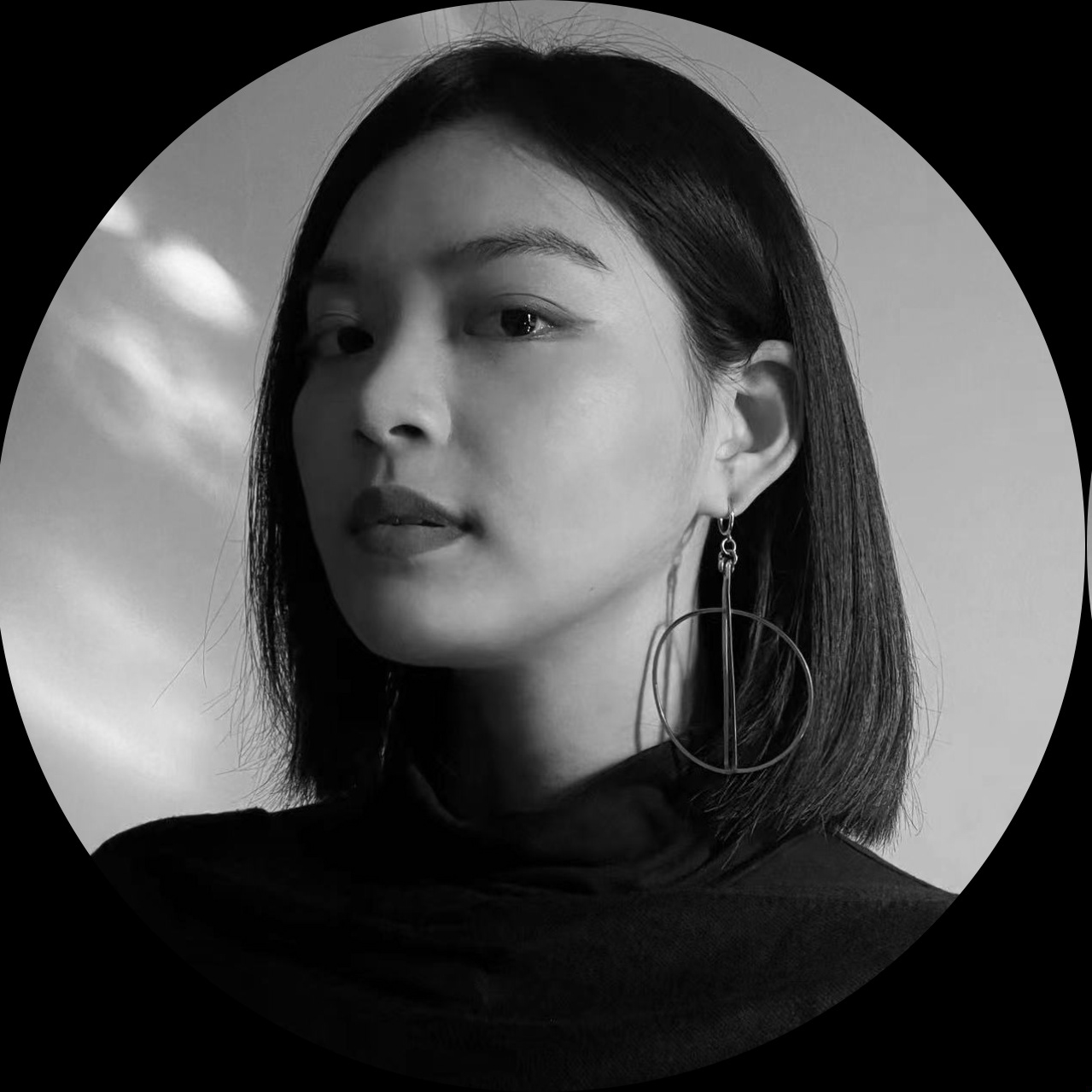在圣经中,神只用话语就创造了天地,我相信话语是带有能力的。
形生于音,从这个城市搜集到的特定的音频,
像基因复制时的起始点,就会成为地衣的基因性因子。
形生于音,从这个城市搜集到的特定的音频,
像基因复制时的起始点,就会成为地衣的基因性因子。
-Sarah Song-
The artwork is titled "The X ori" in which "Ori" refers to the specific base pair sequence in a circular DNA and "X" implies the unknown or uncertainty. It uses recordings of dialect speakers in the city as a parameter to generate lichens in digital spaces.
When the sonic memories embedded in an urban soundscape becomes the DNA,
a new species emerges.
The primary focus for this project is on visualization of the uniqueness of a city from the perspective of its self-identity, which has been questioned in today’s world of globalization and migration. It takes time to form an identity but at the same time identity shifts and changes with time. This unique organism “lichen” is created to express the idea that each “lichen” is a self-image of a “new self” captured in a specific period of time.
这个系列的创作焦点是将城市的独特性 - 方言视觉化。
地衣,是一种真菌和綠藻门或蓝细菌的共生体,不同环境生长出的地衣会不一样,它们像人类一样,拥有着一种身份,在被遗忘的角落无声的见证时光。
“Ori”是基因组复制起始的一段序列,Sarah把她在上海搜集的几段方言的音频,视为不同的地衣基因。这些基因蔓延生长,在她的代码逻辑里生成了不可替代的城市虚拟地衣。而“X”代表未知,在该系列中意指人们的身份随着时间的流逝,和他们所处的城市一样在不停的变化。每一个地衣图谱便是在特定时段下的那个“新的自我”,它们蔓延在数字化的空间,却被日常的生活片段滋养,在群体共同的记忆里生根。
在艺术家Sarah Song的世界里,记忆也是一种地衣。殊途同归的是,它们分布式地蔓延在我们的脑海中,被日常的生活片段滋养,在群体共同的记忆里生根。“ - Dionysos Art
Stories Behind the Images:
The X ori #Shanghai I
I was on a late-night bus where my friend and I were the only passengers. The automated station announcement in Shanghai dialect was so clear and noticeable. I couldn’t help but take out my handy recorders to capture the pleasant-sounding dialect.
The X ori #Shanghai II
I went to a park where some locals were having a casual chatting about their daily lives and I recorded some of their discussions in Shanghai dialect. Here are some extracts:
“Shanghai is a nice city with four distinct seasons.”
“Shanghainese become lazy.”
“You can find food from everywhere in Shanghai.”
The X ori #Shanghai III
Senior Shanghai ladies often sing and dance in the park at weekends. Once I met a lovely old lady and recorded my nice conversation with her when she made the switch from Shanghainese to Mandarin when she knew that I was from Hong Kong. At the end of our chat, I asked her opinion about switching languages between Mandarin and Shanghai dialect, she laughed and said “We switch to Mandarin when talking with provincial because there are so many of them.”
The X ori #Shanghai IV
The X ori #Shanghai V
The X ori #NgoKengKiu
Ngo Keng Kiu is the most popular place for villain hitting in Hong Kong. In the past, I never lingered under the bridge because in my memory, all I could hear were those loud shouts of the 'professional beaters', and it felt impolite to listen too closely when passing by.
This time, I went to record the unique reciting curses or prayers of the ritual practitioners from my memory. Coincidentally, it happened to be the day of “ging zat”, as pronounced in Cantonese, a day on the Chinese lunar calendar that literally means "awakening of insects." A long queue of people gathered under the bridge waiting for taking part in the villain hitting ritual. Although I did not capture the voices I was expecting, I did gain the nice samples of the slippers hitting fiercely during the ceremony, the lively sounds of the crowd, and the enthusiastic inquiries: "Are you hitting villains? Come join the line here!"
This time, I went to record the unique reciting curses or prayers of the ritual practitioners from my memory. Coincidentally, it happened to be the day of “ging zat”, as pronounced in Cantonese, a day on the Chinese lunar calendar that literally means "awakening of insects." A long queue of people gathered under the bridge waiting for taking part in the villain hitting ritual. Although I did not capture the voices I was expecting, I did gain the nice samples of the slippers hitting fiercely during the ceremony, the lively sounds of the crowd, and the enthusiastic inquiries: "Are you hitting villains? Come join the line here!"
The X ori #ChunYeungStreet
The market in Chun Yeung Street is famously the only market where Hong Kong Trams would ride through it towards the North Point Terminus. When I was young, I used to go there with my mom to buy groceries. After moving to ShaTin, I haven't been there for more than 10 years. It was still as lively and bustling with vendors hawking as I remember it to be.
Printings for Swatch Art Peace Hotel
